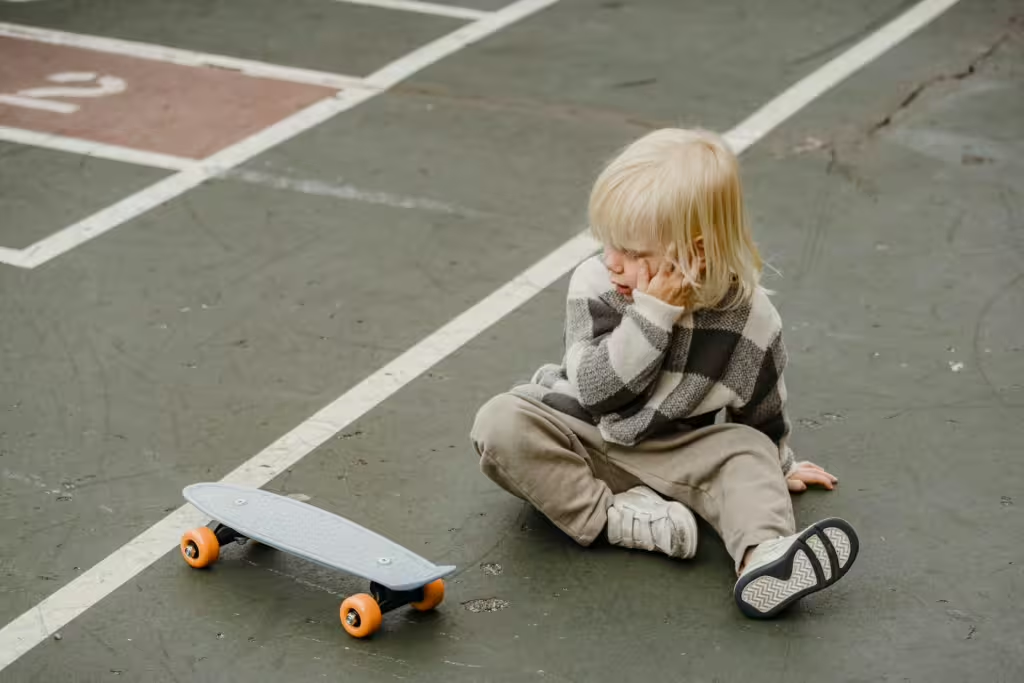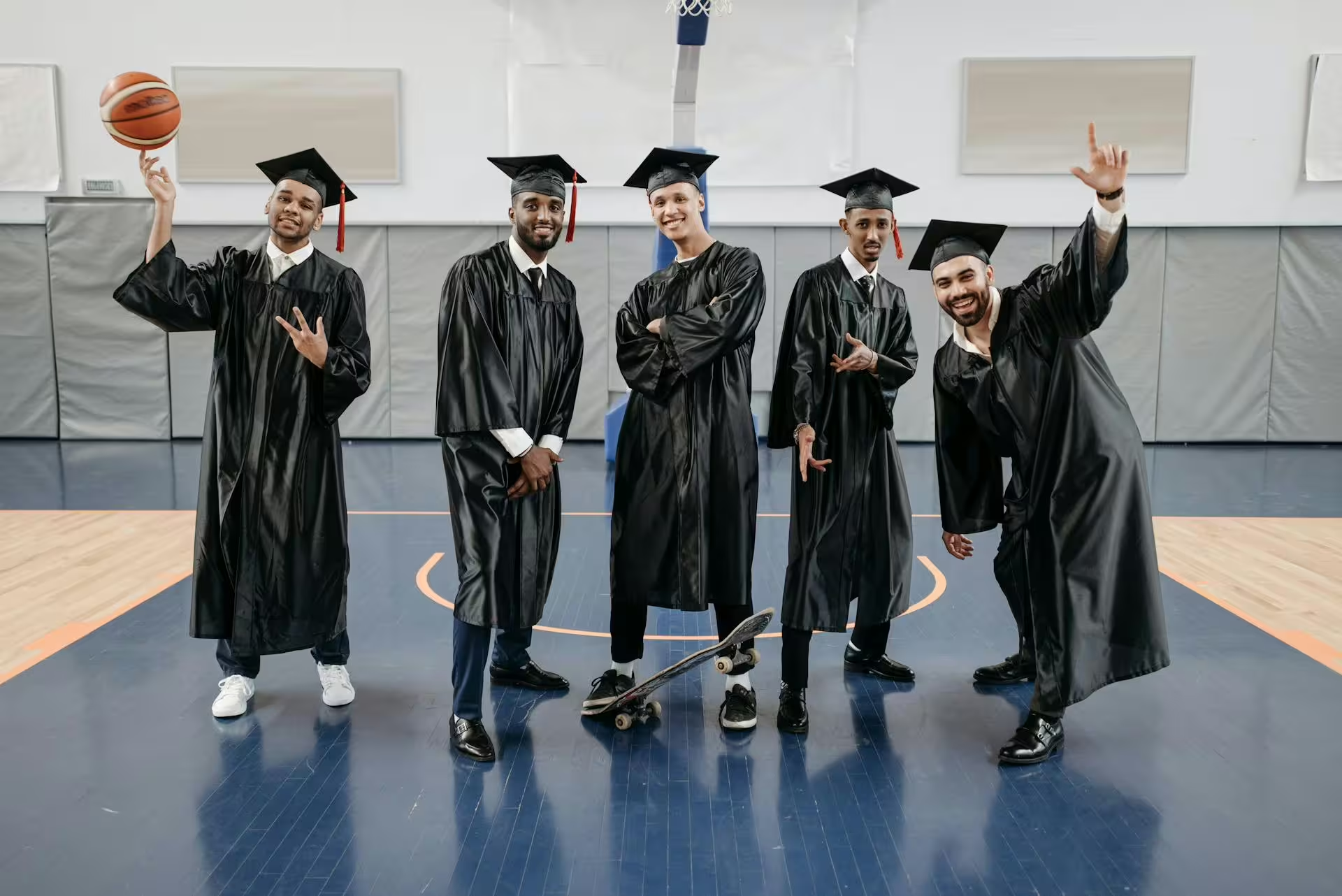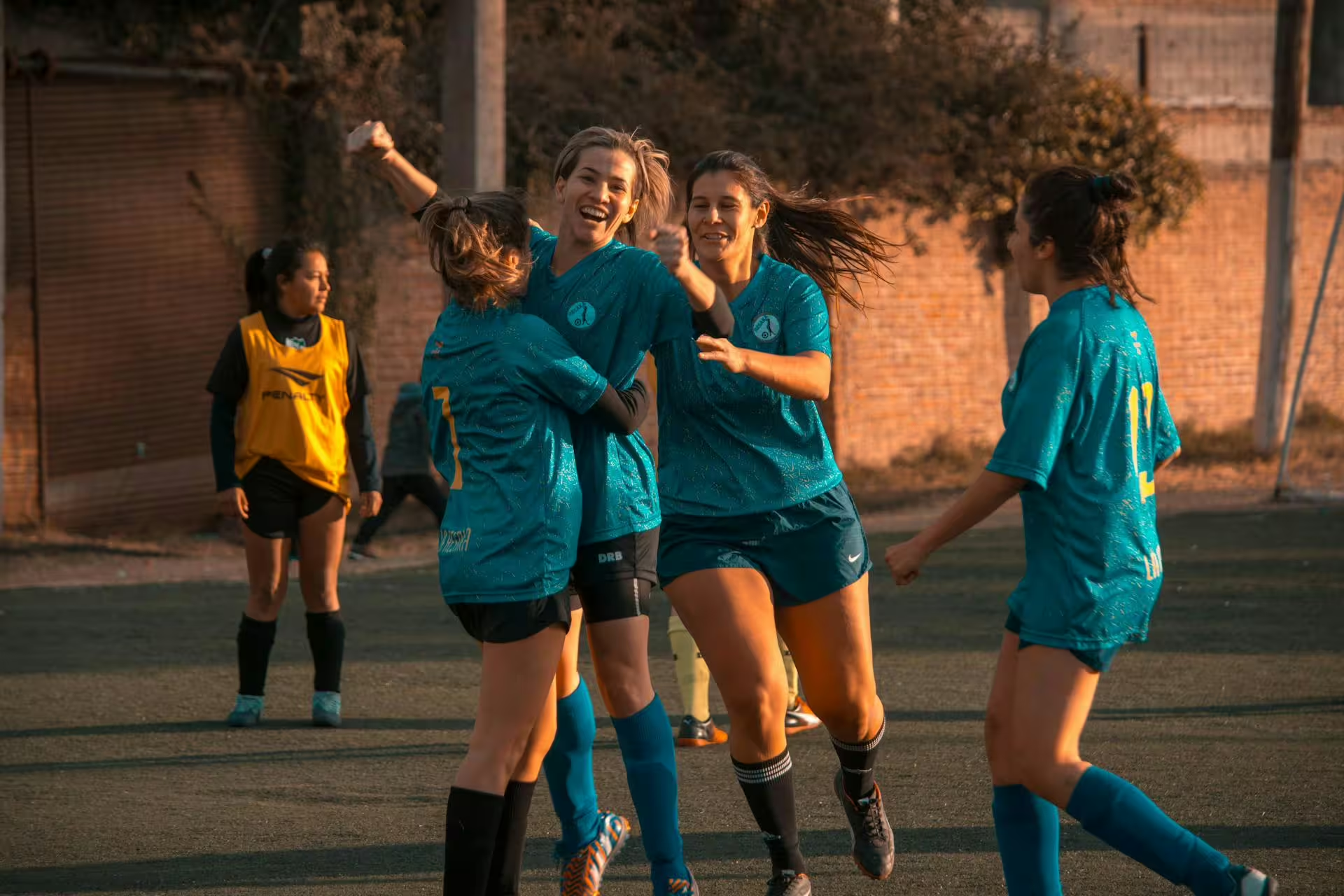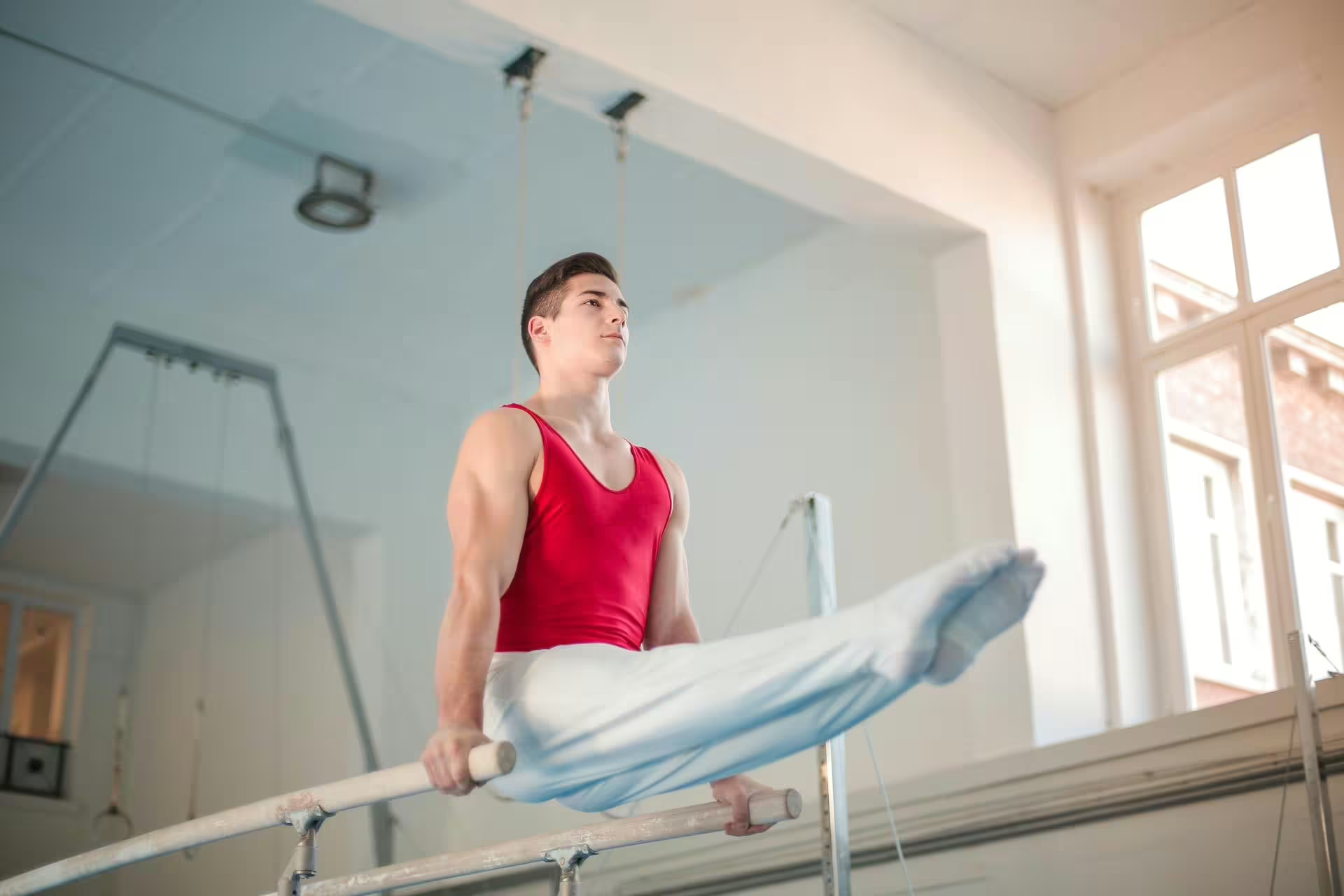Over the last half-a-century (seems an awful long time, doesn’t it?) skateboarding has transformed from a fringe pastime for troublesome youths into a globally recognized sport. Not only is skateboarding a herald of its own extreme sports category, it even has its own Olympic events surrounding it. International competitions abound and each generation that has been fortunate enough to have skateboards in their lives have found their champions of the sport.
The decades have given birth to a who’s who of passionate young riders and the sport itself offers children a mixture of adventure, exhilaration, and independence that is almost without equal in the sports world today. However, if you are a parent of a child who skateboards, chances are that you are more than a little concerned with their overall safety. Thus, the million dollar question on many readers’ minds: Is skateboarding safe?
Parents of skateboarders are right to be concerned. After all, like any sport done on wheels and concrete, there are many opportunities for contusion, concussion, and even the occasional break. Parents who themselves have never skateboarded might also wonder what equipment is necessary, especially when it pertains to maintaining safety? In the end, one of the major questions ends up being, how does one support one’s skateboarding child while keeping them protected?
In this article, we will allay your fears about skateboarding. We will teach parents about the sport and teach them how best to encourage safety, without smothering. By the end, we’re confident that you will know everything you need to know about skateboarding, safety, and the rich, albeit brief, history of the sport.
Skateboarding: The Cultural Phenomenon
For many, if not all passionate skateboarders, sidewalk surfing isn’t just a sport—it’s a culture. In fact, many kids find their identity in skateboarding. They learn that they can be different and talented, in their own way. They find other skateboarders like themselves and often develop strong friendships within the skating community.
Unlike traditional team sports, such as basketball, football, soccer, and the like, skateboarding is done on one’s own. Think of it as being similar to gymnastics, in that way. Skateboarding is about creativity, pushing one’s boundaries, and progressing at one’s own pace. Yet, those are not the only positive features of the sport. Skateboarding also teaches resilience, as children learn to get up whenever they fall down. In the same vein, they learn to be creative and develop problem-solving skills.
Above all else, skateboarding is fun! Landing a new trick, mastering the necessary balance, or cruising down the sidewalk offers a thrill for young people and even some adults, that’s hard to beat playing other, more mundane sports.
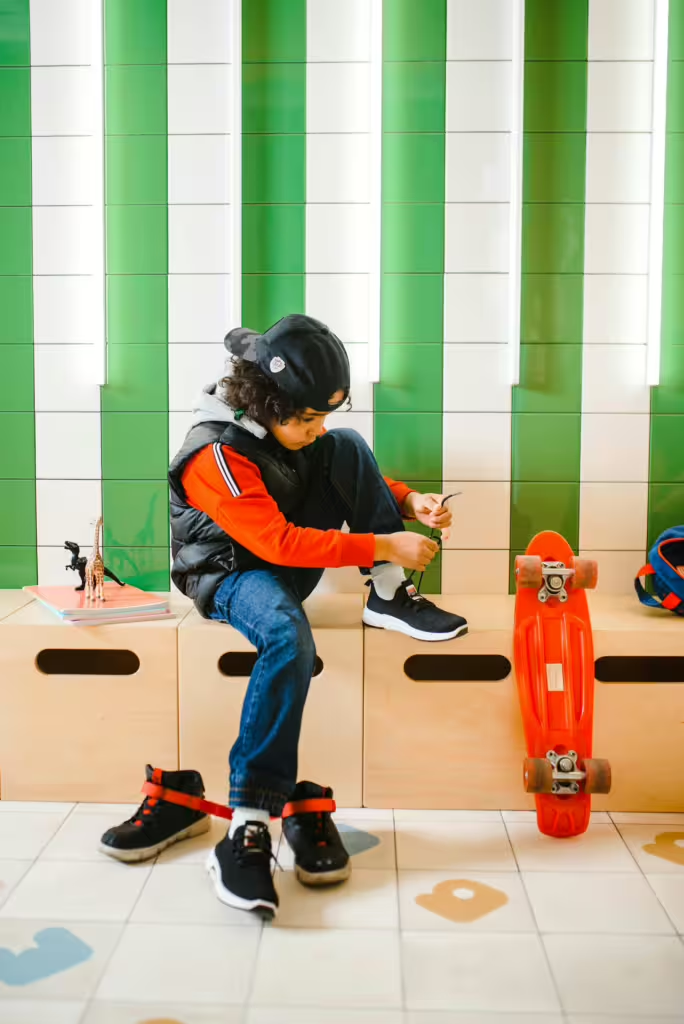
The Big Question: Is Skateboarding Safe?
Brass tacks? There is some intrinsic level of risk involved in skateboarding. Skinned knees, scrapes, bruises, jammed digits, broken toes, and the occasional big fall are part and parcel to the sport. Don’t be fooled, however, each bump and bruise contributes to a skateboarder’s learning experience. Also, with the proper precautions, skateboarding can ultimately be a safe and rewarding activity. The primary aspect of protecting knees, wrists, and little noggins has to do with having the right gear. That isn’t all, though, parents also need to supervise properly and have kids skate only in the right environment.
Essential Safety Gear for Skateboarding
As with any sport that involves wheels, altitude, and concrete, wearing proper gear is a must. In fact, having properly sized equipment can significantly reduce the risk of injury. Here’s a list of what every young skater should have: a helmet, wrist guards, knee pads, and elbow pads.
These aren’t all, however. Kids will need to be wearing comfortably clothes, nothing too baggy or too tight, so that they can move properly. Jeans are actually a good call for this, as they are tough enough to absorb impact but not so restrictive pr hot as to be uncomfortable. Finally, proper footwear is a must. Make sure to choose flat-soled skate shoes with a good grip. Skating in crocs, sandals, or bare feet are all definite no-nos. and bulky running shoes don’t really work either.
Skateboard Requires…a Skateboard
You can’t very well expect your child to skateboard without…an actual skateboard, now can you? But how do you choose the right one? The main thing to note is that skateboards come in many different shapes and sizes and having the right setup can make a big difference in not only your child’s safety, but how successful a skateboarder they turn out to be! Beginner level skateboarders should consider starting with a complete skateboard rather than a piecemeal one they build themselves. Complete skateboards are the most common to find online, they come pre-assembled and designed for general use.
Other beginner-friendly skateboarding options include:
- Mini cruisers: The boards are great for smooth rides and sidewalks.
- Penny boards: Penny boards are small, lightweight plastic boards. they are well-suited to cruising but not great for tricks.
- Longboards: Longboards are stable and ideal for downhill riding. They can also be used for long-distance cruising and once again, are not for tricks.
Where Can Kids Skate Safely?
As we mentioned earlier, the skating environment matters almost as much as the gear. Some safe spaces young skateboarders can try out their moves include: skate parks, indoor skate facilities, or even just a simple driveway or neighborhood sidewalk…if the latter is free of cars, of course. Bear in mind that some communities have skateboarding clinics or classes for those kids with particular interest or aptitude.
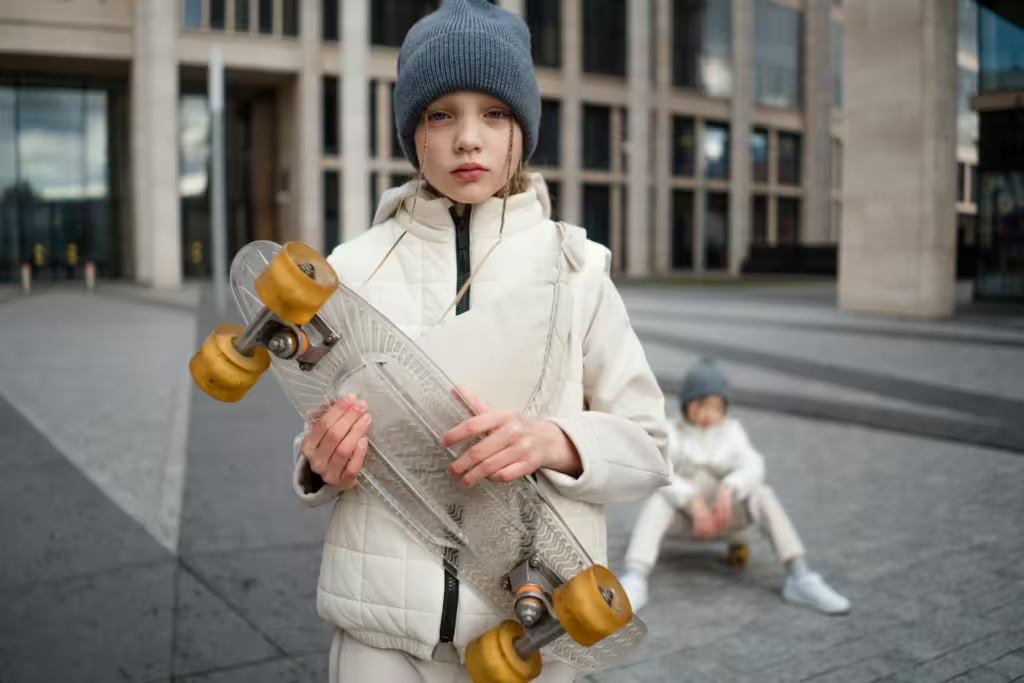
Skateboarding Icons
The past few decades has seen some iconic skateboarders come into the zeitgeist. Many readers will likely be familiar with Tony Hawk, arguably the most famous skateboarder of all time. This amazing athlete spawned dozens of video games, inspired millions, and is the current owner of the Skatepark Project, an organization that supports public skateparks for young people all over the world.
Other skateboarding legends include Sky Brown, a British-Japanese skateboarder who won bronze at the Tokyo 2020 Olympics; she was just 13 years old at the time. Another is Leticia Bufoni, a Brazilian skater who has already broken barriers of entry for many young, female skateboarders.
Hurts Can Happen; What Next?
Even with the best safety equipment and every precaution in place, accidents can happen. Concerned parents will be pleased to hear, however, that the vast majority of skateboarding injuries are minor. That said, it’s important to know when medical attention or intervention is needed. Common, treatable injuries include, cuts, scrapes, bruises, and minor sprains. However, head injuries, broken bones, deep cuts that might need stitches, and severe sprains all necessitate a trained, medical professional. If you aren’t sure about any of these injuries, consult a healthcare provider. They will know best how to handle most injuries.
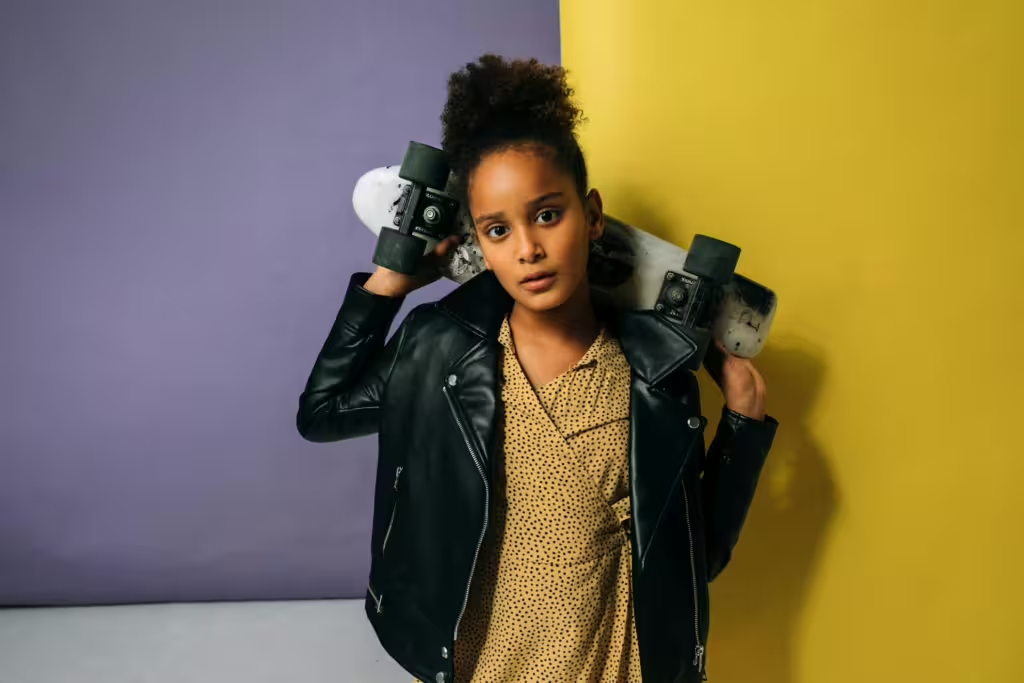
Cultured Athlete Says…
As you can see, skateboarding is one of the most expressive, enjoyable, exciting sports a kid can engage with! As they skate around, kids learn the safety basics, learn resilience, perseverance, creativity and community. It’s important that parents remember there will always be risks associated with any sport, the trick is to teach our children the right way to play so that accidents are less likely to occur. At the same time, parents need not be afraid to give their budding skateboarders enough freedom to skate on their own. Stand by in case of catastrophe, but cheer them on as you do. So long as you keep the focus on fun and safety, you could well be helping to encourage the next Tony Hawk in the making!
Discover more from CulturedAthlete
Subscribe to get the latest posts sent to your email.

